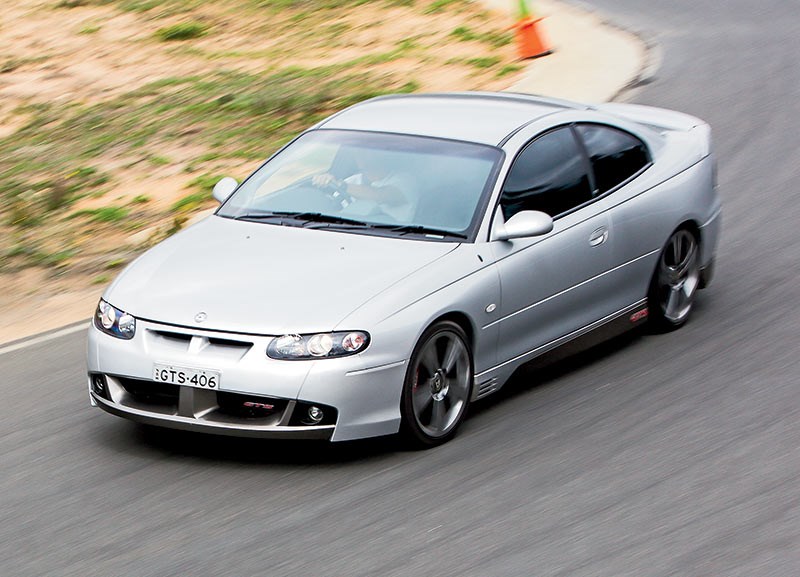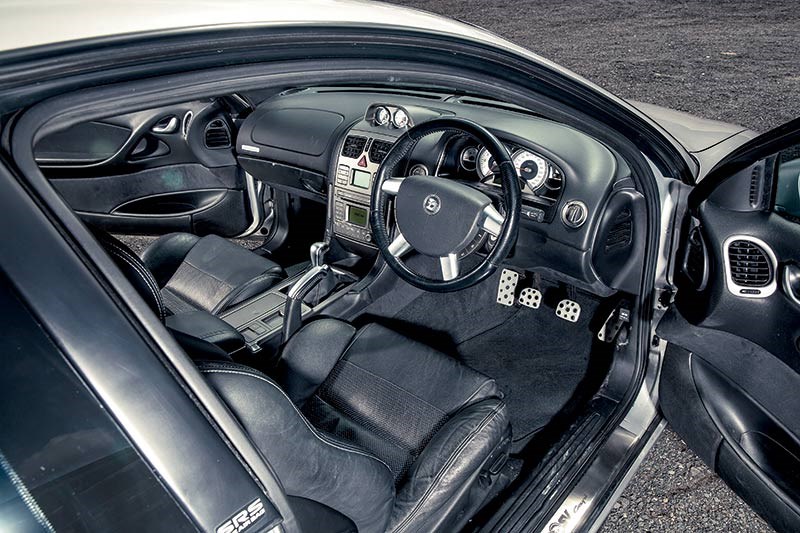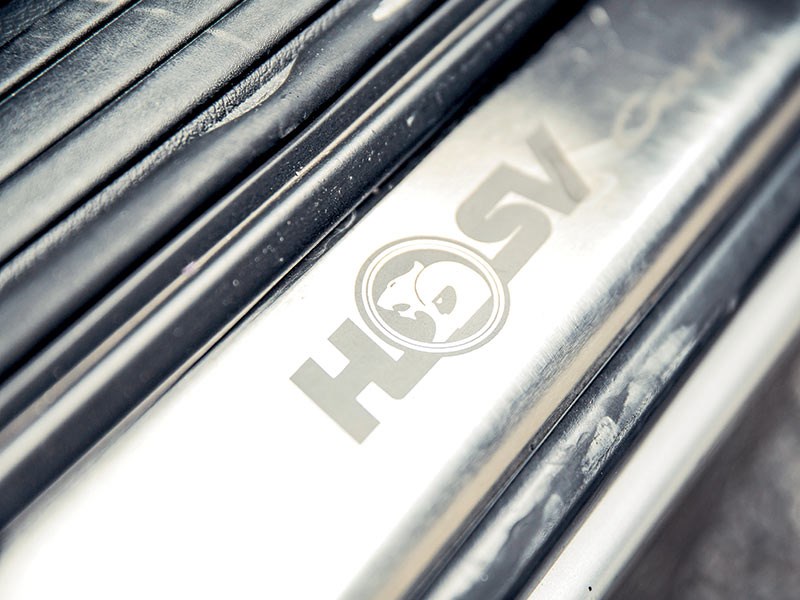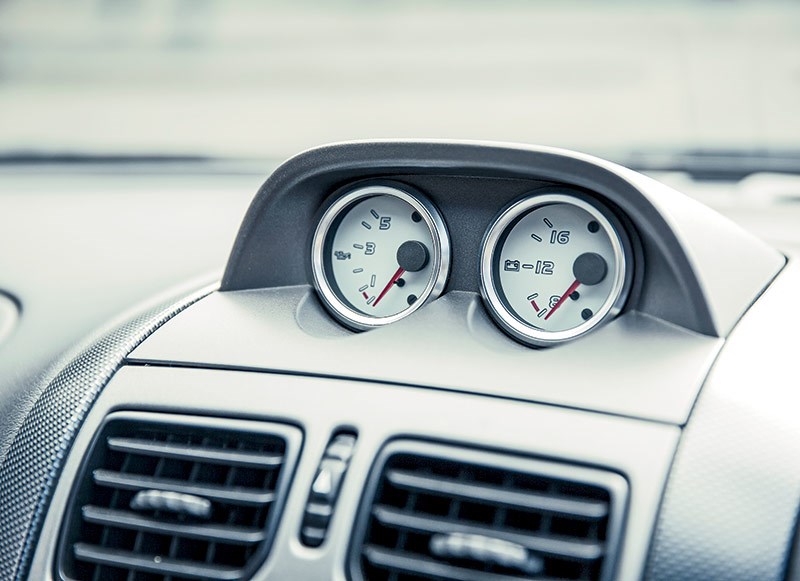Top ten Holdens: HSV GTS Coupe
 Top ten Holdens: HSV GTS Coupe
Top ten Holdens: HSV GTS Coupe

 Top ten Holdens: HSV GTS Coupe
Top ten Holdens: HSV GTS Coupe

 Top ten Holdens: HSV GTS Coupe
Top ten Holdens: HSV GTS Coupe

 Top ten Holdens: HSV GTS Coupe
Top ten Holdens: HSV GTS Coupe

 Top ten Holdens: HSV GTS Coupe
Top ten Holdens: HSV GTS Coupe

 Top ten Holdens: HSV GTS Coupe
Top ten Holdens: HSV GTS Coupe


|
|
Top ten Holdens: HSV GTS Coupe
|

|
|
Top ten Holdens: HSV GTS Coupe
|

|
|
Top ten Holdens: HSV GTS Coupe
|

|
|
Top ten Holdens: HSV GTS Coupe
|

|
|
Top ten Holdens: HSV GTS Coupe
|

|
|
Top ten Holdens: HSV GTS Coupe
|
Power and passion turn the Monaro into a 300kW monster...

|
|
Top ten Holdens: HSV GTS Coupe
|
HSV Coupe GTS
 |
> Watch the video |
In our top ten Holdens series, the HSV Coupe GTS comes in at number ten...
For such a niche-market model, HSV sure made a whole raft of different variations on the Coupe theme. Itself based on the latter-day Holden Monaro, the HSV version could be had as a 255kW GTO, an all-wheel-drive version called the Coupe 4 (forget it) or this car, the rear-drive 300kW Coupe GTS. And thanks to that lack of all-wheel-drive weight and complexity, and the fact that it got the full 300kW output, the GTS here is the one that has emerged as the standard-bearer for the genre.
Make up your own mind about the body kit that HSV designed for the uncluttered Monaro base car, but for me it’s all a bit too Batman-meets-Bathurst. But it was what was underneath the GTS (specifically under the bonnet) that made it special.
While it retained the LS1’s 5.7-litre capacity, the Callaway C4B (as the engine was known) was extensively modified from the Chevy original. Changes included a different camshaft, upgraded valve springs and retainers, stainless valves, a mild porting job on the cylinder heads, and a larger throttle body.
Interestingly, the porting job actually lowered the compression ratio a little (to 9.95:1), but that meant that a touch more ignition advance could be tolerated by the engine, so it was actually a performance enhancer. The other interesting thing about the C4B is that it ran without a mass air-flow meter, using instead a Callaway high-flow induction set-up that also improved breathing. Throw in a Callaway-specific ECU tune and you had yourself a C4B and one red-hot HSV Coupe.
All up, we’re talking 300kW at 6000rpm and 510NM at a relatively high 4800rpm. While that doesn’t sound too wild against the 430kW of the current HSV GTS with its blown 6.2-litre mill, the GTS Coupe was The Business more than a decade ago. Even now, a sub-six 0-100 and a 13.7sec quarter isn’t hanging about.
As well as that monster engine, there were some serious hardware changes to be found elsewhere.
The GTS gained six-piston front calipers (AP Racing jobs) and 3.9:1 gears in the Hydra-Trak diff. Specific 19-inch wheels were also part of the deal. Early versions also ditched the four-speed auto option (six-speed manual only), although it was reinstated in the Series 2 cars.
By 2003, the GTO Coupe was catching up in the power wars as Holden and HSV’s own in-house development caught up with Callaway’s work. As such, power for the GTO climbed to 260kW in early 2003 and to 285kW by the end of that year. That really spelled the end for the GTS and it became a special-order model from about then, finally being discontinued in 2004. But not before it had carved itself a very special place in HSV and, therefore, Holden history.
JOHN WRIGHT'S INSIDE WORD:
Even now, a top speed of 267km/h sounds formidable; in 2003 – and from a glorified Holden – it was borderline unbelievable.
In its January 2003 issue, Wheels ran Australia’s fastest cars past the radar to check top speeds. The HSV GTS was fifth fastest at that 267km/h, behind the Porsche 911 Turbo, Chrysler Viper RT/10, CSV Mondo GT and Maserati Coupe. The car that won the 2002 Bathurst 24-Hour race, the 7.0-litre Nations Cup Holden Monaro, set the pace at 307km/h.
When the star of the 1998 Sydney motor show reached production reality three years later, there was no doubt that the HSV interpretation of the second-generation Monaro would be the definitive one.
Was it a bit cheeky that the GTO - stealing its name from Pontiac, which had stolen it from Ferrari in 1964 – was the entry model and the GTS the flagship?
Here was the first Australian production car with 300kW of power. Peak torque was 510Nm at 4800rpm, which was about where older generation V8s (like the GTOs) ran out of puff.
If all this was beginning to sound like too much grunt to channel to just the one pair of 245/35ZR19 93Y Pirelli P-Zeroes, Holden boss Peter Hanenberger (the German guru who masterminded RTS in 1977) had a solution just down the road. Or thought he did.
Ford Australia’s Territory was still more than a year away from release, but Hanenberger had a cheaper way to create an alternative in the guise of the Adventra. Why not use the all-wheel drive Commodore wagon’s technology in a new variant of HSV’s Coupe?
The Coupe 4 duly arrived in July 2004 at an astonishingly reasonable $89,950 compared with $98,500 for the GTS Series 3. But HSV boss John Crennan was quick to hose down expectations.
While the Coupe 4 was quicker on dirt or in the wet than a GTS, its deficit of 30kW and about 140kg of extra weight meant it could not equal the rear-drive car on the circuit. It did have a wider track and more weight down low, but the GTS’s six-piston front calipers could not be made to fit.
Crennan confidently predicted a big role for all-wheel drive in HSV’s future, but said that the Coupe 4 was aimed more at the business-express type of customer than anyone interested in ultimate urge.
Soon after Hanenberger’s retirement from the top job at Holden, the AWD cars unfortunately went the same way. Brilliant as the Coupe 4 might have been, it did not set a new ongoing production template for HSV and that’s why the 2003 GTS is the HSV that makes our list of 10 greatest Holdens.
THE MARKET TREND...
For reasons best known to Holden, the ‘Monaro’ nameplate wasn’t used on two-door cars that came from HSV. Instead, the HSVs were given GTS or GTO designations and, like the basic Monaros, they suffered an identity crisis.
The V2 GTS was among the most expensive Holdens of its era, selling for almost $100,000 at a time when a quarter of that amount would secure a genuine 1960s ‘Bathurst’ version.
Sadly for HSV and its two-door GTS, the market was reluctant to hand over extreme money for a car that could easily be confused with the $60,000 Holden version. Scarce Coupe 4 variants do have a shot at collector stardom, but prospects are bleak for the GTS
SPECIFICATIONS
HSV Coupe GTS
Production: 2002-2004
Body: 2-door coupe
Engine: 5665cc V8, OHV, 16v
Power: 300kW @ 6000rpm
Torque: 510NM @ 4800RPM
0-100km/h: 5.7sec
400m: 13.7sec
Gearbox: 6-man/4-auto
Suspension: MacPherson struts (f): Independent, trailing arms, coils
Brakes: Discs
Unique Cars magazine Value Guides
Sell your car for free right here
Get your monthly fix of news, reviews and stories on the greatest cars and minds in the automotive world.
Subscribe

.jpg)











